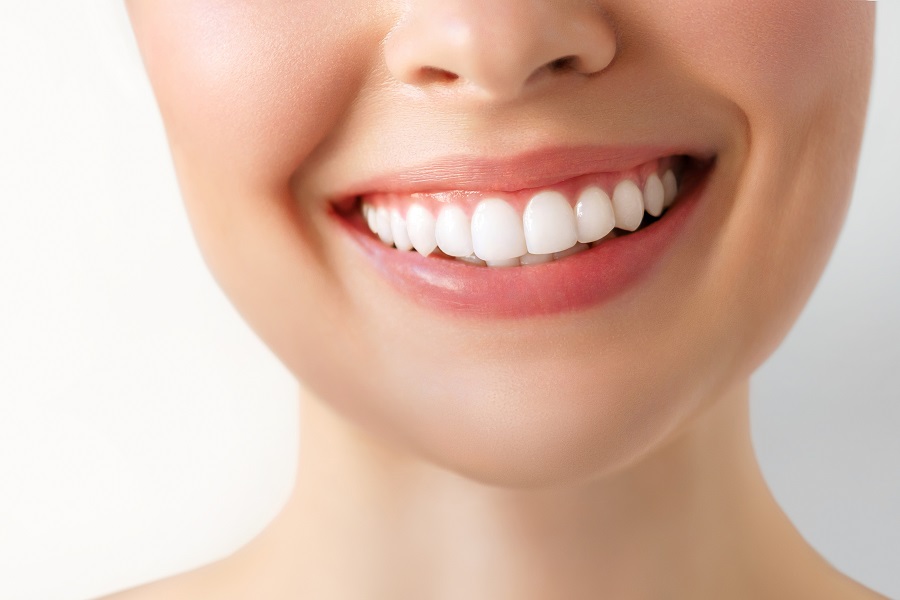Baby Teething, Diet and a Baby’s Dental Health
Posted by None on Dec 25 2013, 08:57 AM
When will your baby’s first pearly white start to poke through? Most babies get their first tooth at around 6 months, but your chompers may appear as early as 3 months or as late as 14, depending on such factors as when Mom and Dad started sprouting teeth and whether or not your baby was a preemie (preemies tend to teethe on the late side). How babies experience teething can vary widely, too. Some have teething symptoms — such as excessive drooling and crankiness — weeks before a tooth actually emerges, while others show no signs at all.
Teething usually starts during these months. The two front teeth (central incisors), either upper or lower, usually appear first, followed by the opposite front teeth. The first molars come in next, followed by the canines or eyeteeth.
There is great variability in the timing of teething. If your child doesn’t show any teeth until later than this age period, don’t worry. The timing may be determined by heredity, and it doesn’t mean that anything is wrong.
Teething occasionally may cause mild irritability, crying, a low-grade temperature (but not over 101 degrees Fahrenheit or 38.3 degrees Celsius), excessive drooling, and a desire to chew on something hard. More often, the gums around the new teeth will swell and be tender. To ease your baby’s discomfort, try gently rubbing or massaging the gums with one of your fingers. Teething rings are helpful, too, but they should be made of firm rubber. (The teethers that you freeze tend to get too hard and can cause more harm than good.) Pain relievers and medications that you rub on the gums are not necessary or useful since they wash out of the baby’s mouth within minutes. Some medication you rub on your child’s gums can even be harmful if too much is used and the child swallows an excessive amount. If your child seems particularly miserable or has a fever higher than 101 degrees Fahrenheit (38.3 degrees Celsius), it’s probably not because she’s teething, and you should consult your pediatrician.
How should you clean the new teeth? Simply brush them with a soft child’s toothbrush when you first start seeing her teeth. To prevent cavities, never let your baby fall asleep with a bottle, either at nap time or at night. By avoiding this situation, you’ll keep milk from pooling around the teeth and creating a breeding ground for decay.
Baby-tooth timeline
Typically, babies get their teeth in pairs. First come the middle two on the bottom. A month or so later, the two above those arrive. Still, it’s not uncommon to see a baby with four bottom and no upper teeth, or the reverse. A general timeline:
- 6 months: lower central incisors
- 8 months: upper central incisors
- 10 months: lower and upper lateral incisors
- 14 months: first molars
- 18 months: canines
- 24 months: second molars
More Blog Posts

Is Dental Implant Surgery Right for You? How to Know If You're a Good Candidate

Five Signs You May Need a Root Canal

The Advantages of White Fillings for a Natural Smile

Wisdom Teeth: Navigating the Journey of Extraction for a Painless Smile Evolution

Recharge Your Smile: The Vital Significance of Post-Holiday Dental Checkups